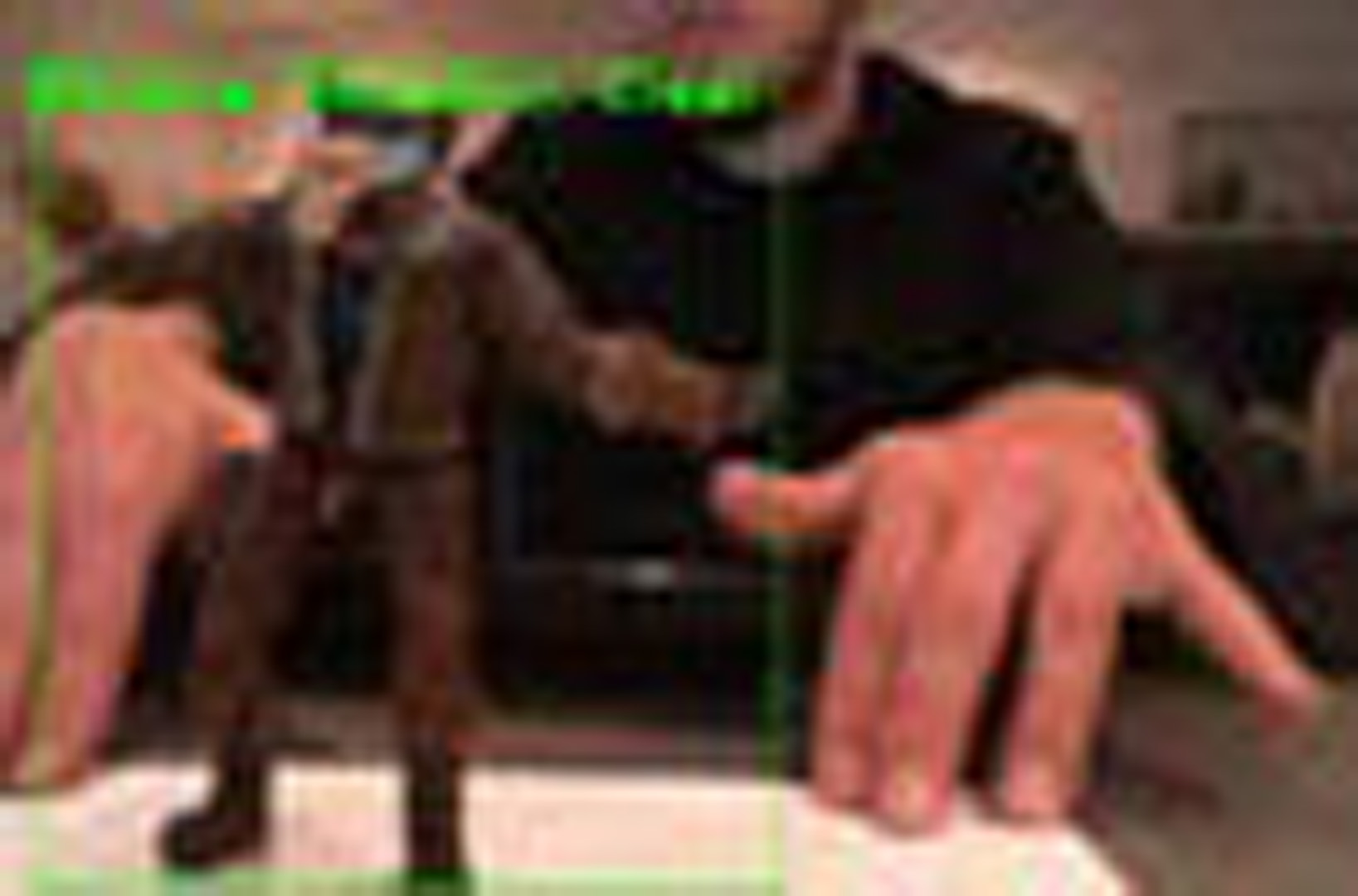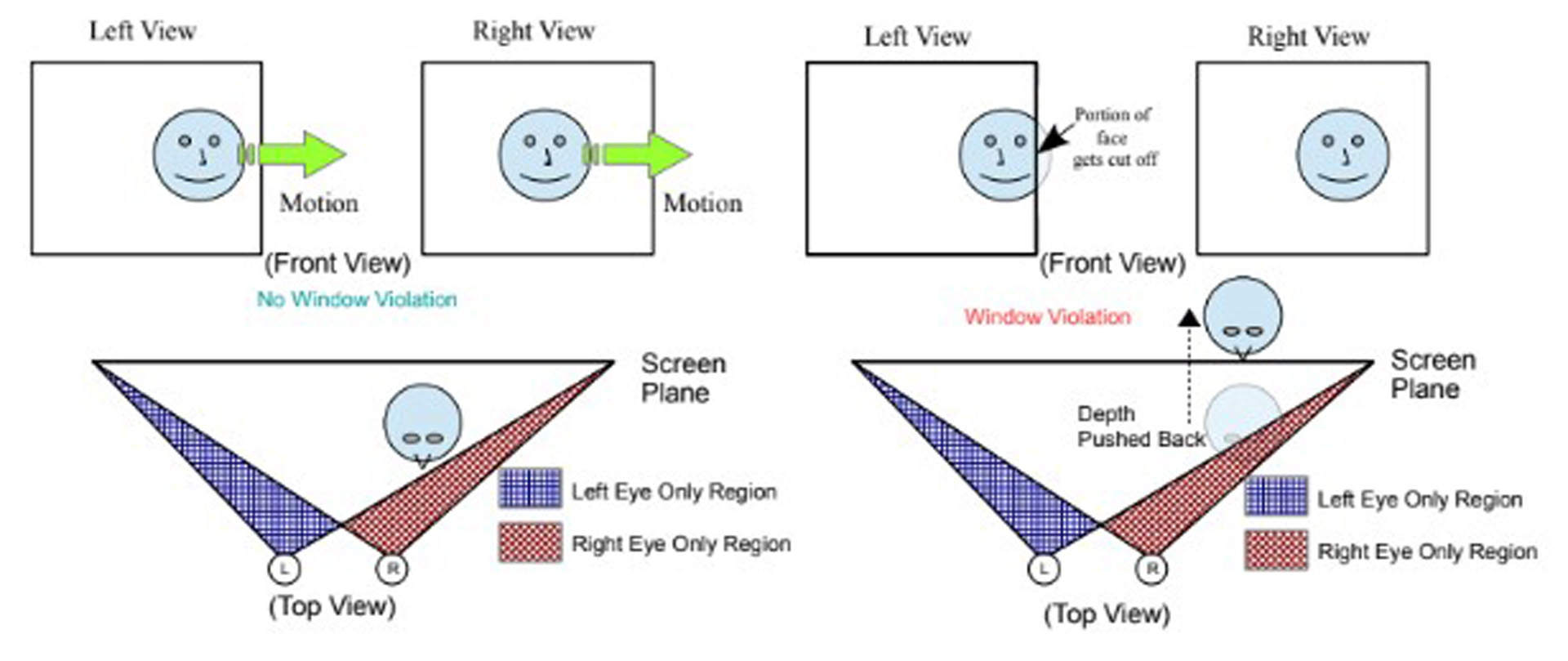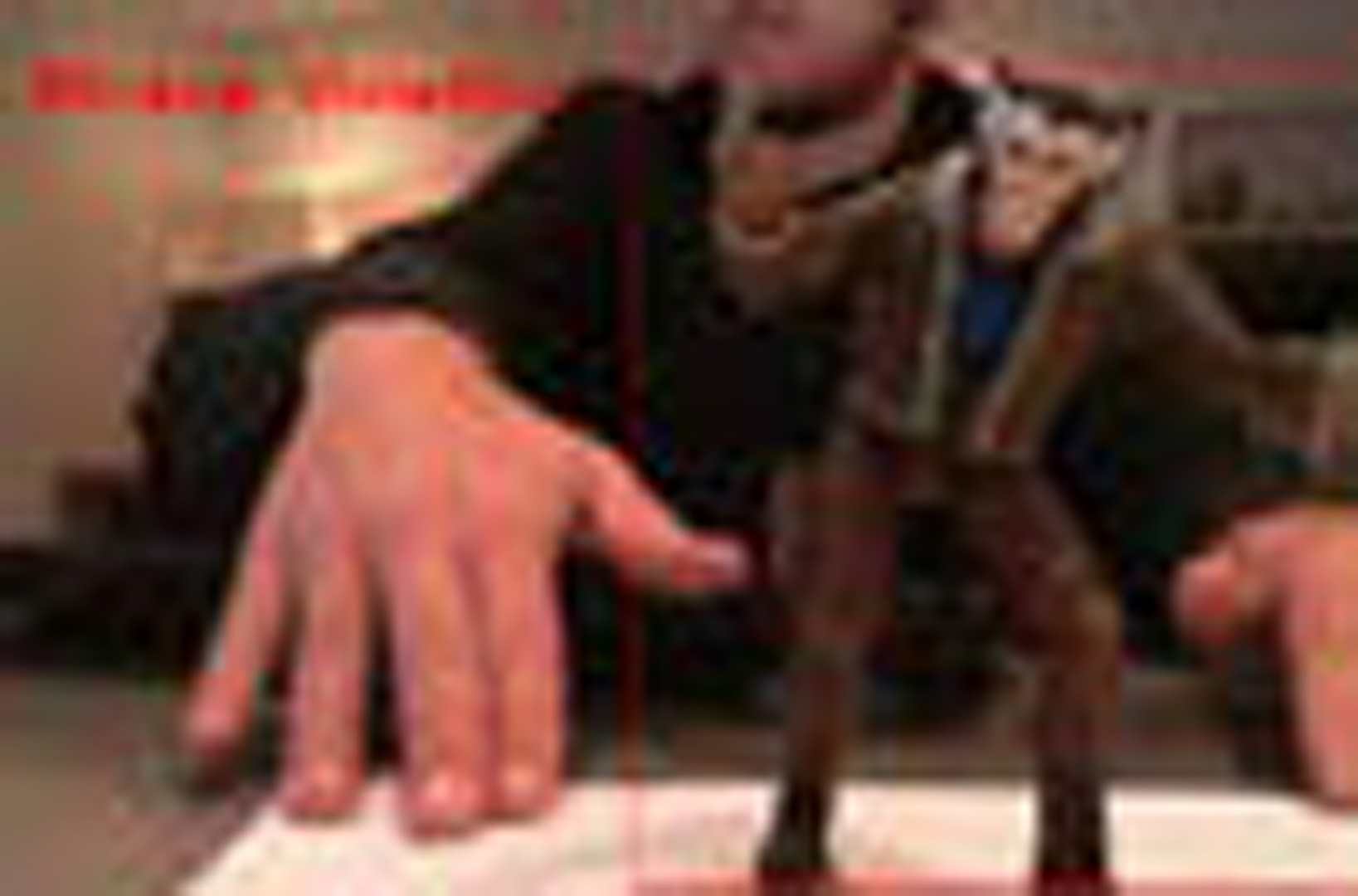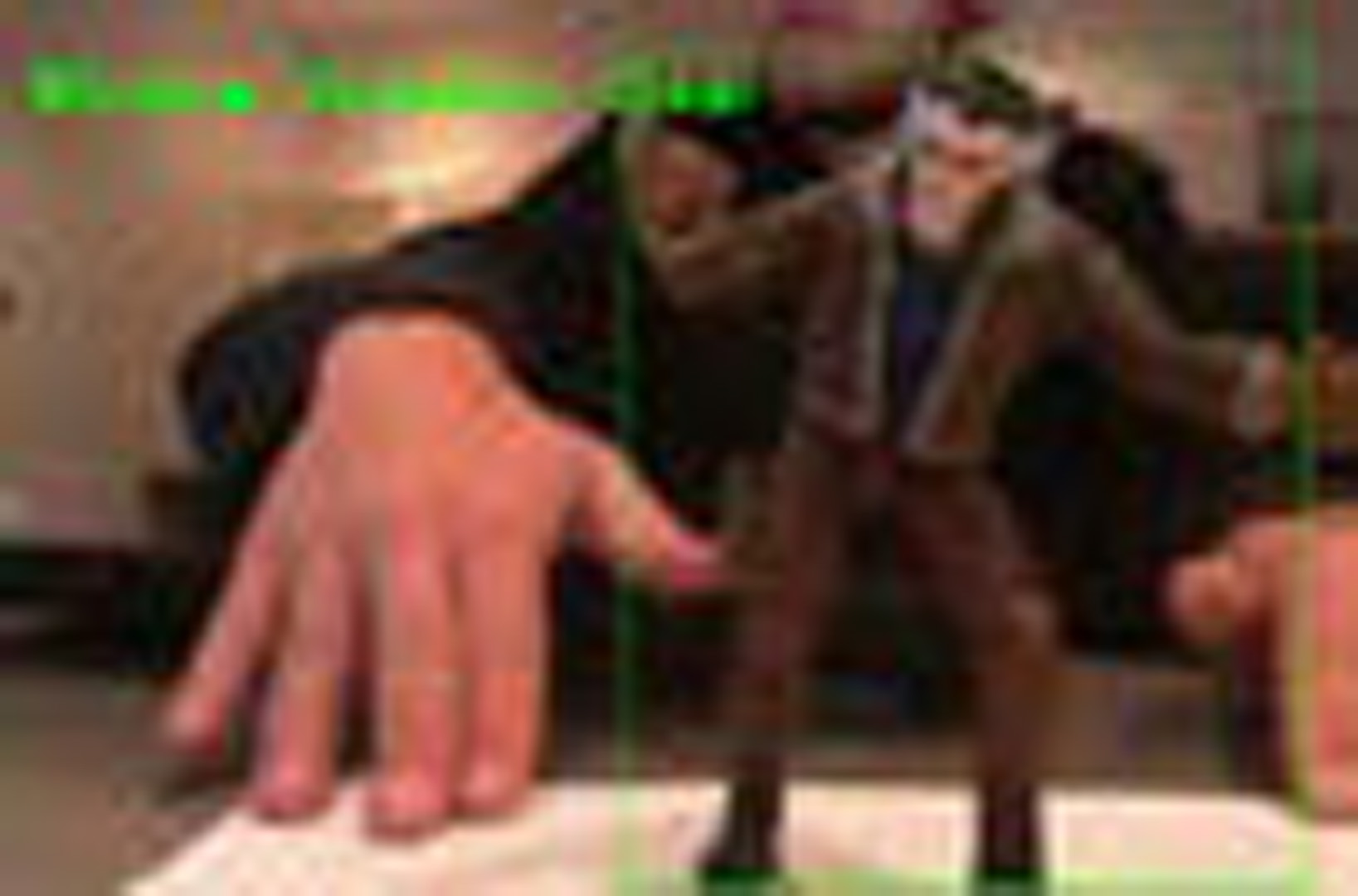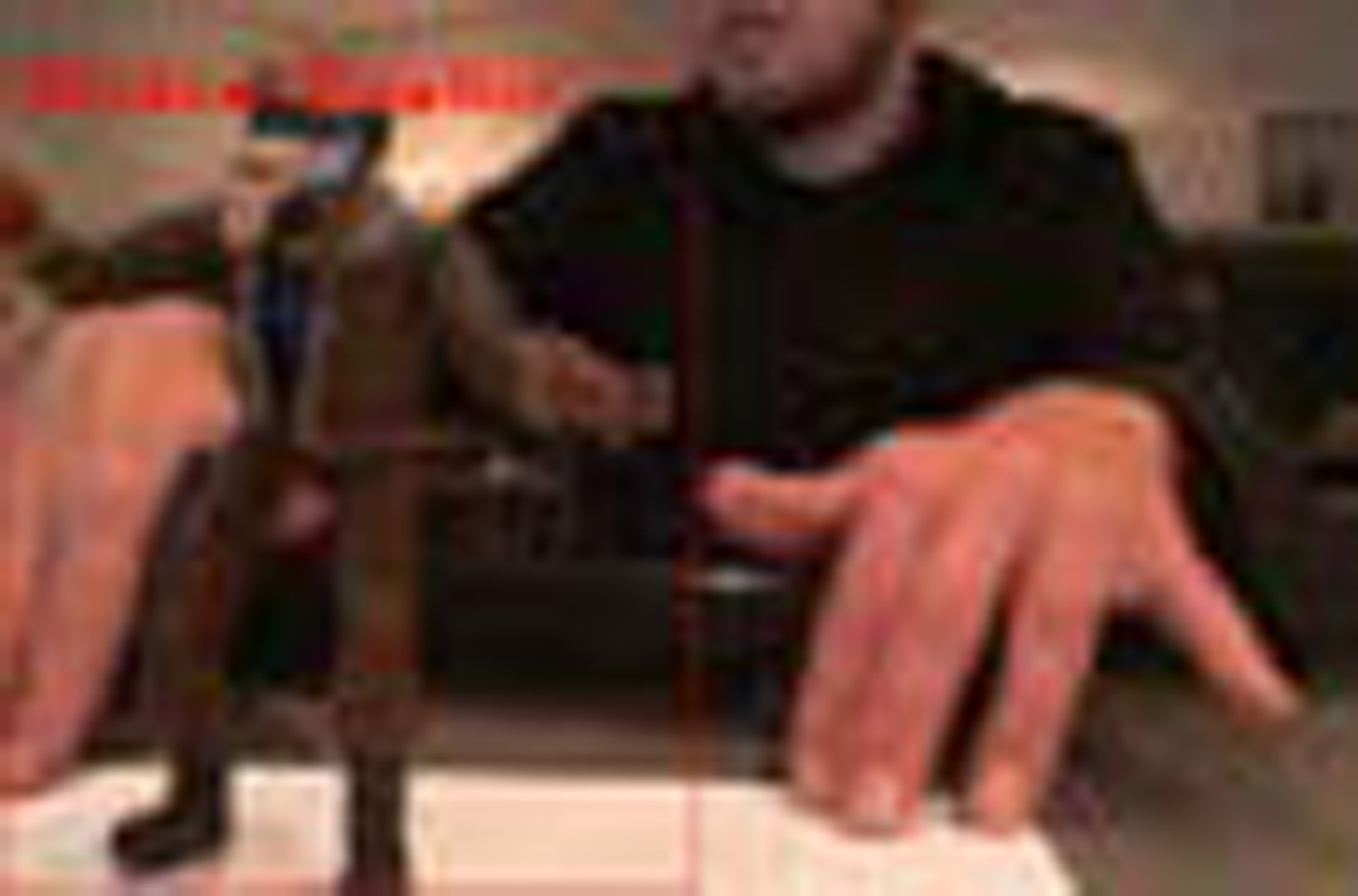“Detection of Stereo Window Violation in 3D Movies” by Nazzar, Bouchard and Clark
Conference:
Type(s):
Entry Number: 35
Title:
- Detection of Stereo Window Violation in 3D Movies
Presenter(s)/Author(s):
Abstract:
The aim of 3D movies is to create a more immersive experience for the audience. However, if these movies are not created properly it can end up being a strenuous experience for the audience rather than an enjoyable one. The discomfort can be caused by a variety of artifacts that are produced when creating a 3D movie. Being a relatively new paradigm, the causes and existence of these artifacts may not be fully understood by cinematographers or post production crew that perform 2D to 3D conversion. We can analyse these 3D movies and its artifacts by employing techniques from stereo computer vision. In this work we identify and detect one such artifact called stereo window violation [Mendiburu 2009]. The screen of a 3D movie can be thought of as a window. A stereo window violation occurs when an object in front of the screen crosses the edge of this window and stays there. A portion of the details around the edge is present to one eye only. The effect of such a violation causes a sudden jump in depth of the object in front of the screen to the screen plane. Additionally, it becomes more difficult to fuse such an image. Both effects can cause a great deal of discomfort to the viewers in the form of headaches and eye strain.
References:
- Hosni, A., Bleyer, M., Rhemann, C., Gelautz, M., and Rother, C. 2011. Real-time local stereo matching using guided image filtering. In Multimedia and Expo (ICME), 2011 IEEE International Conference on, IEEE, 1–6.
- Mendiburu, B. 2012. 3D movie making: stereoscopic digital cinema from script to screen. CRC Press.
Additional Images:
